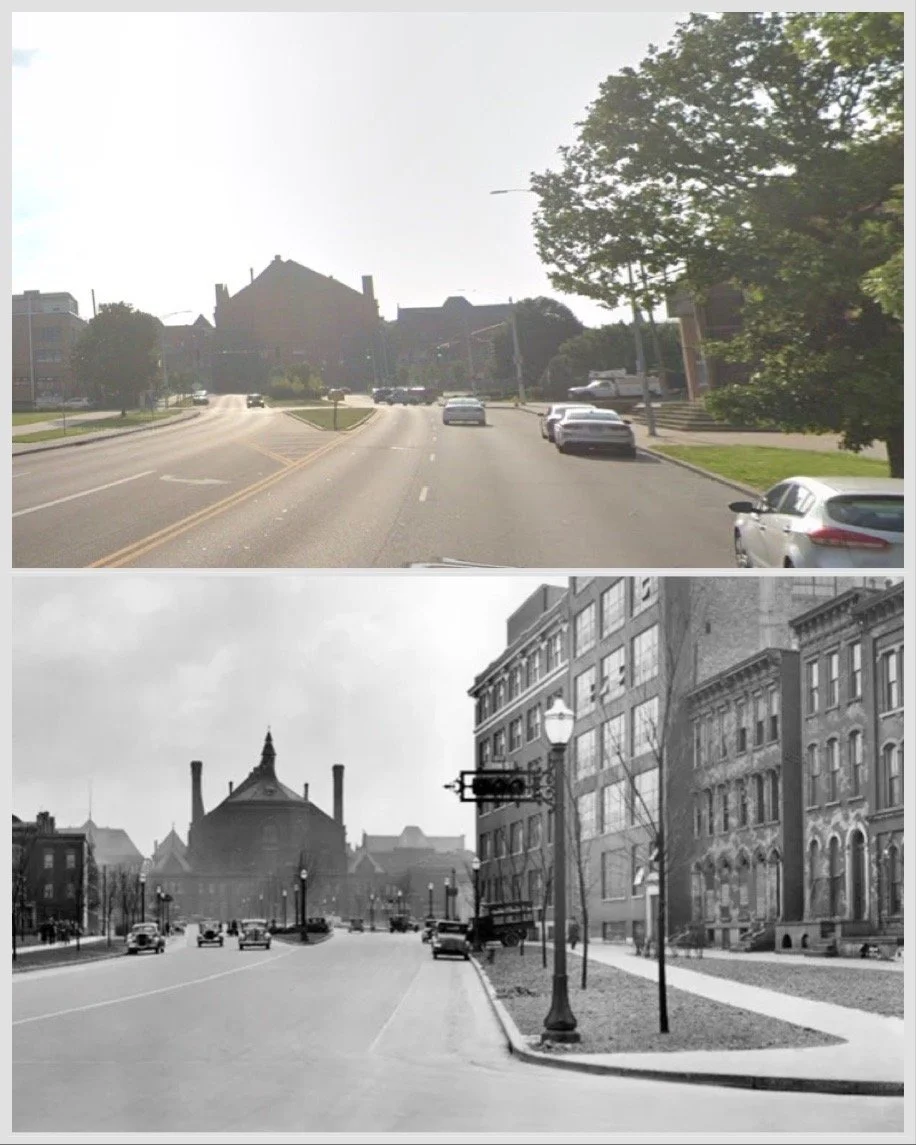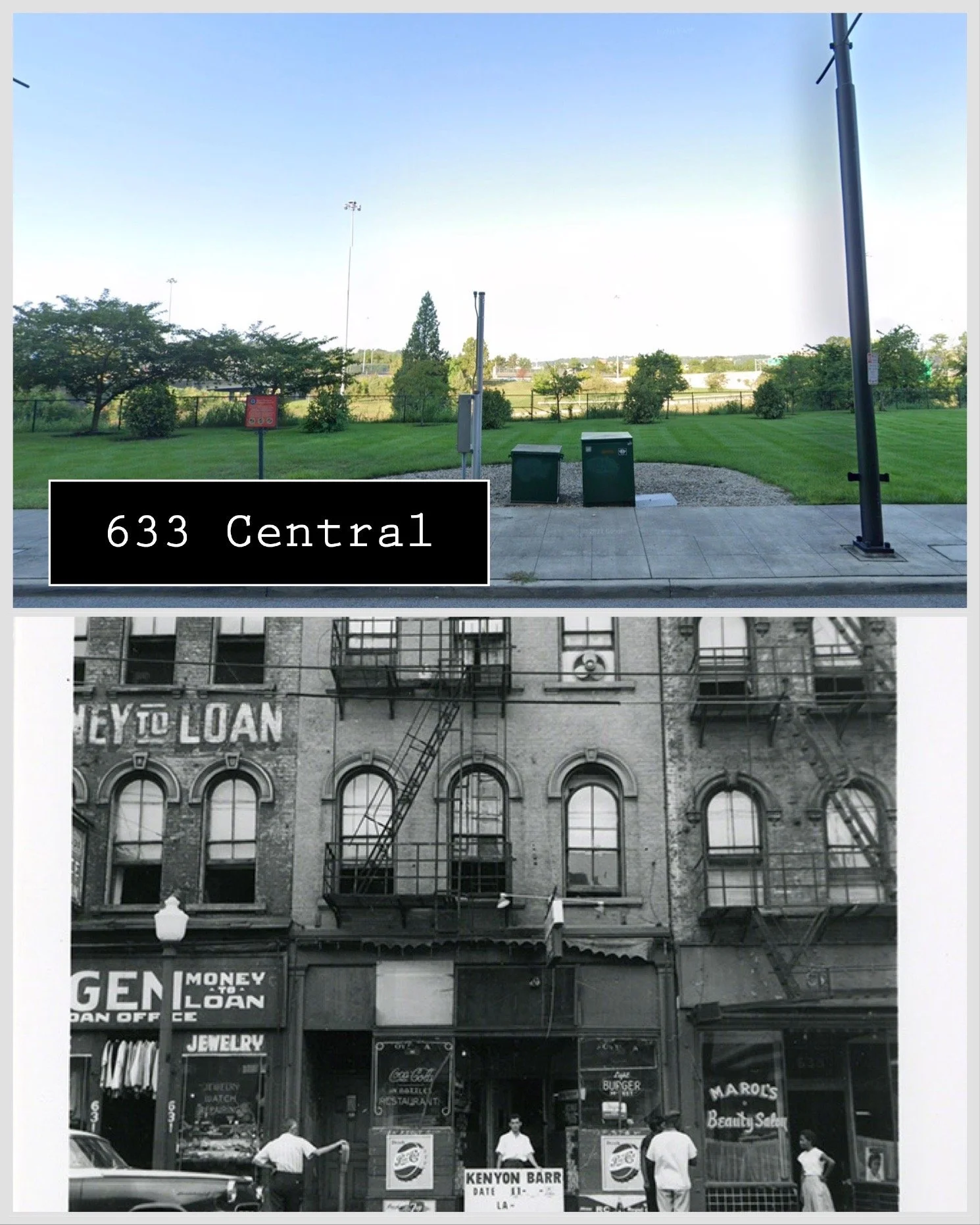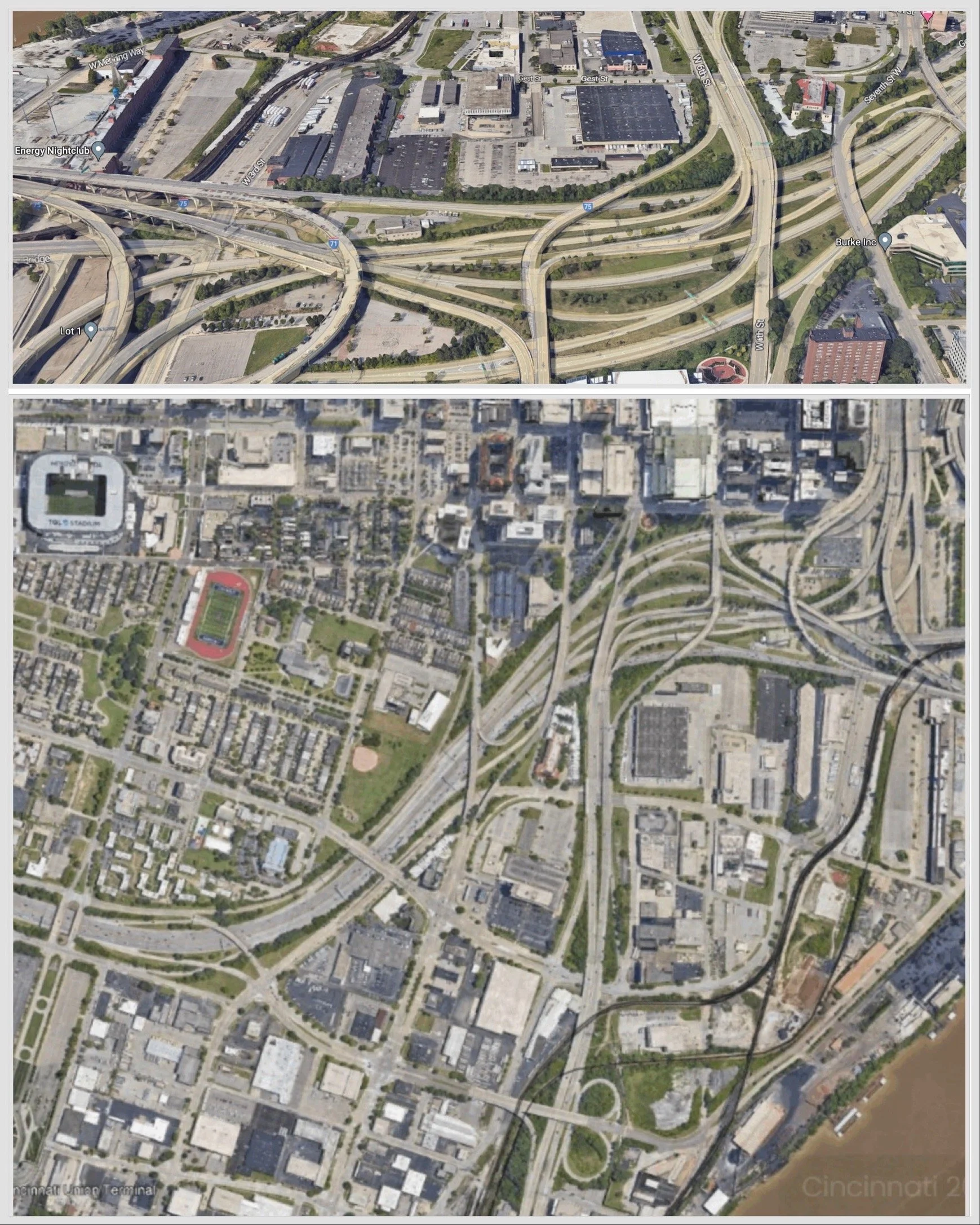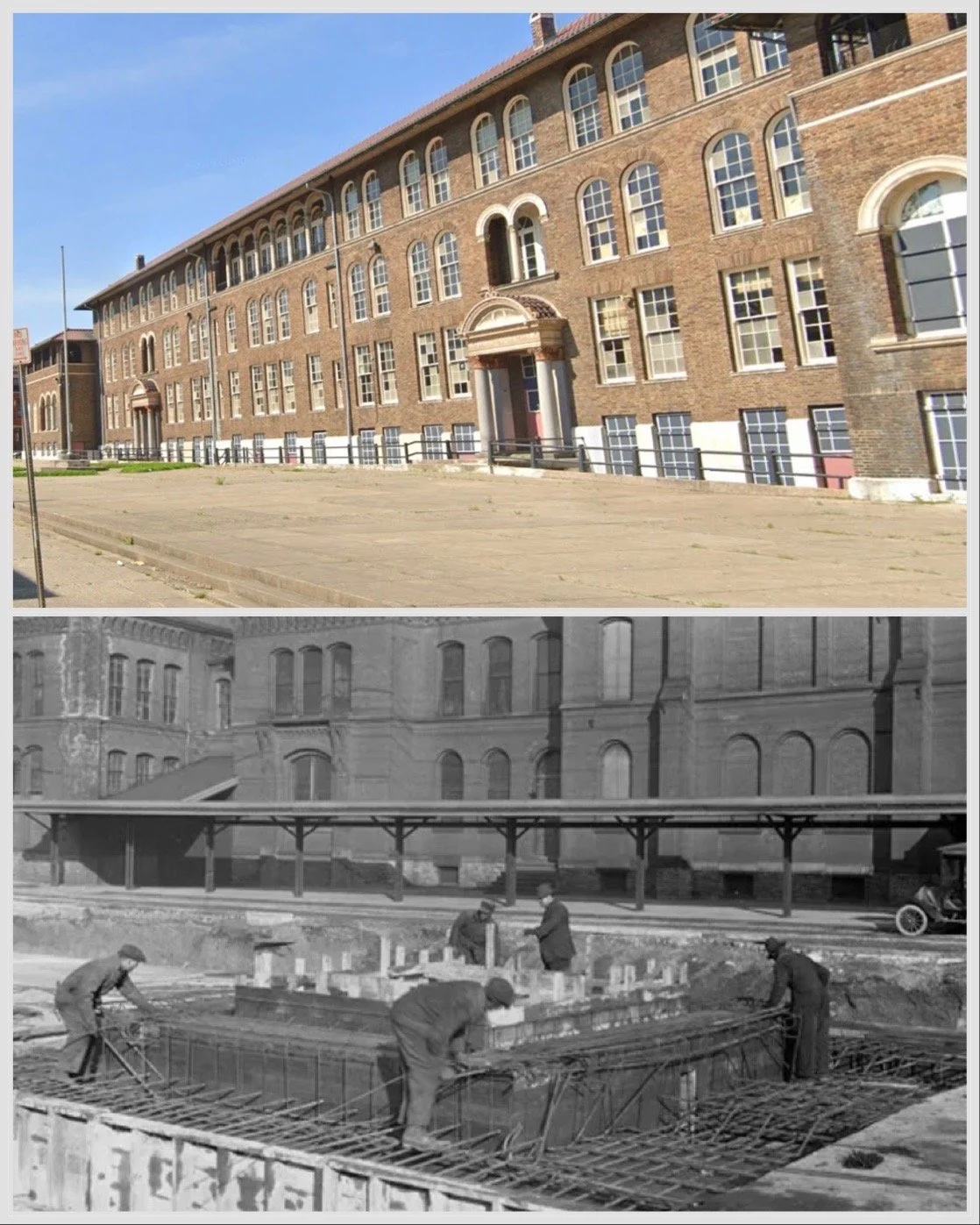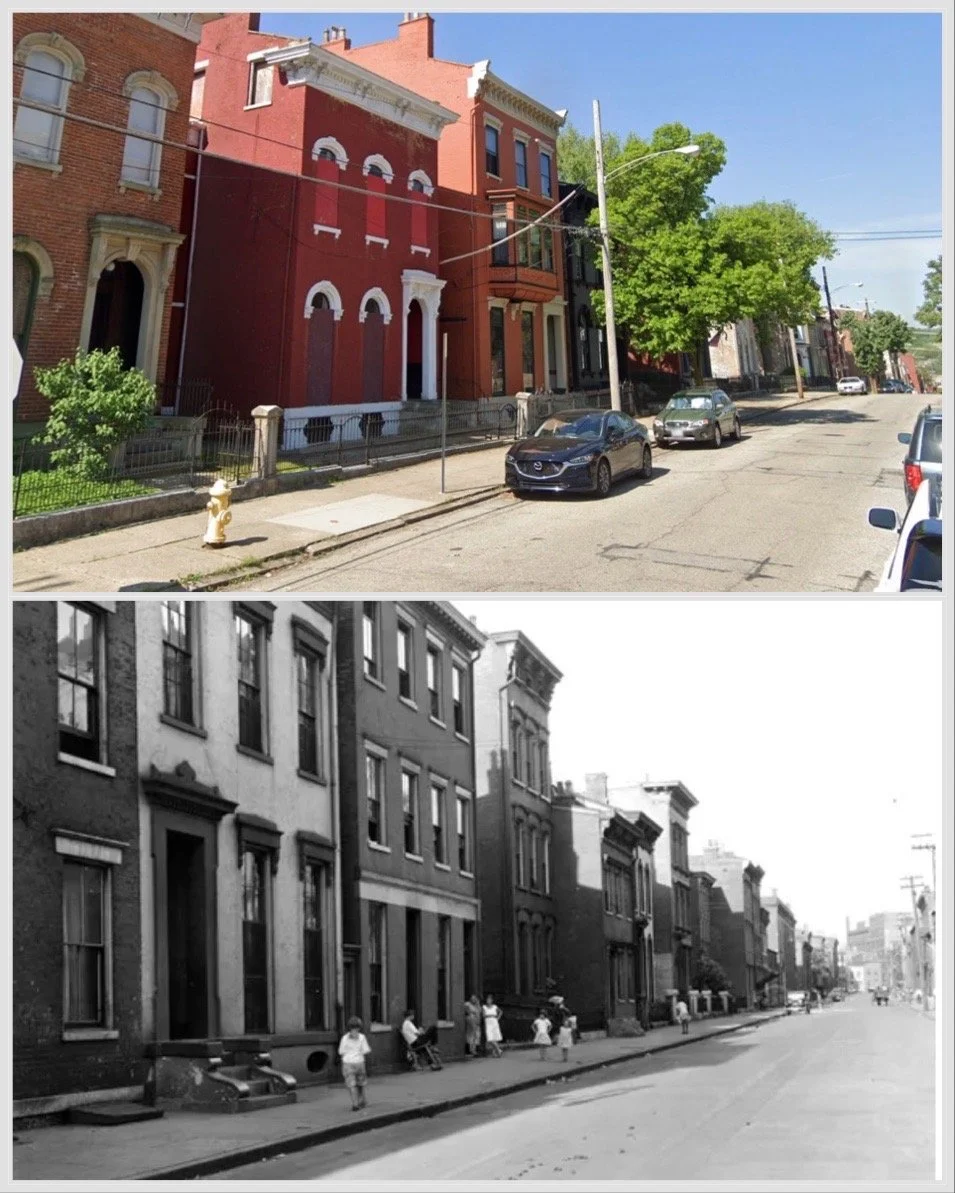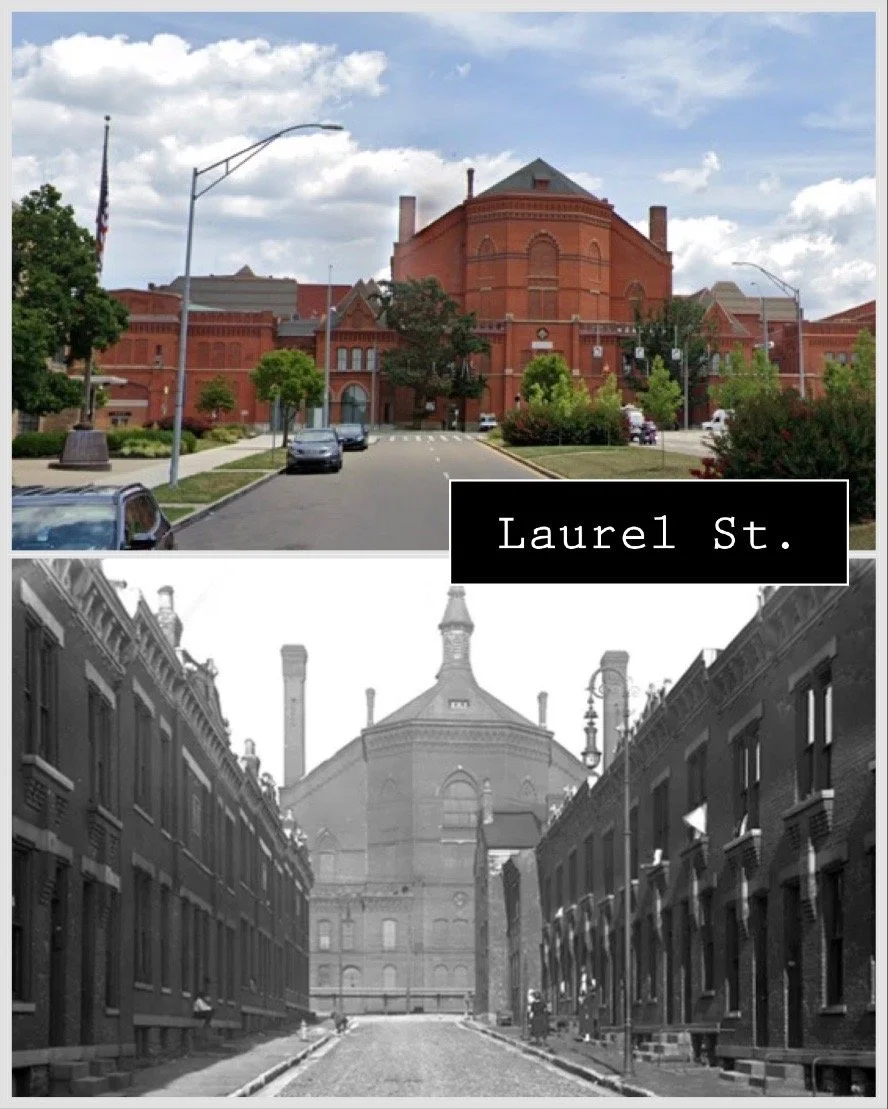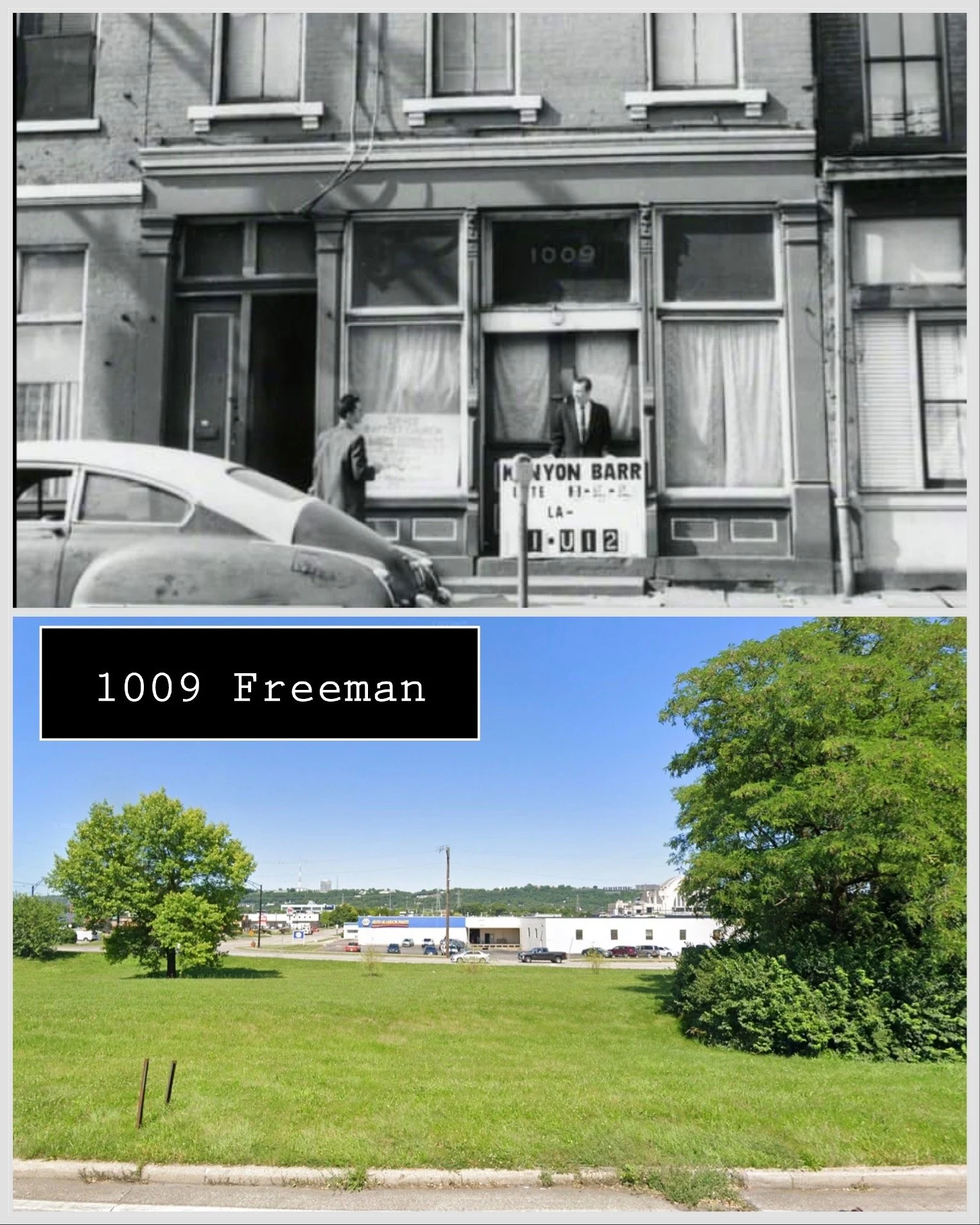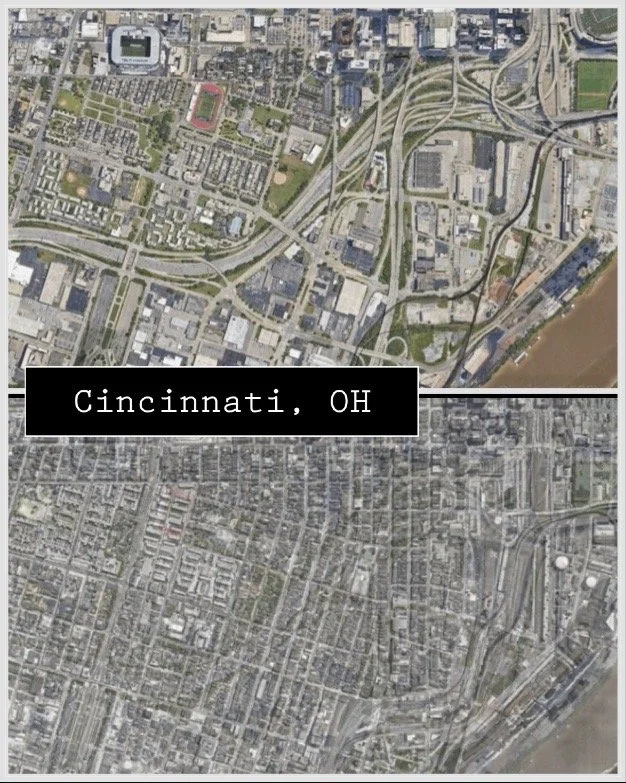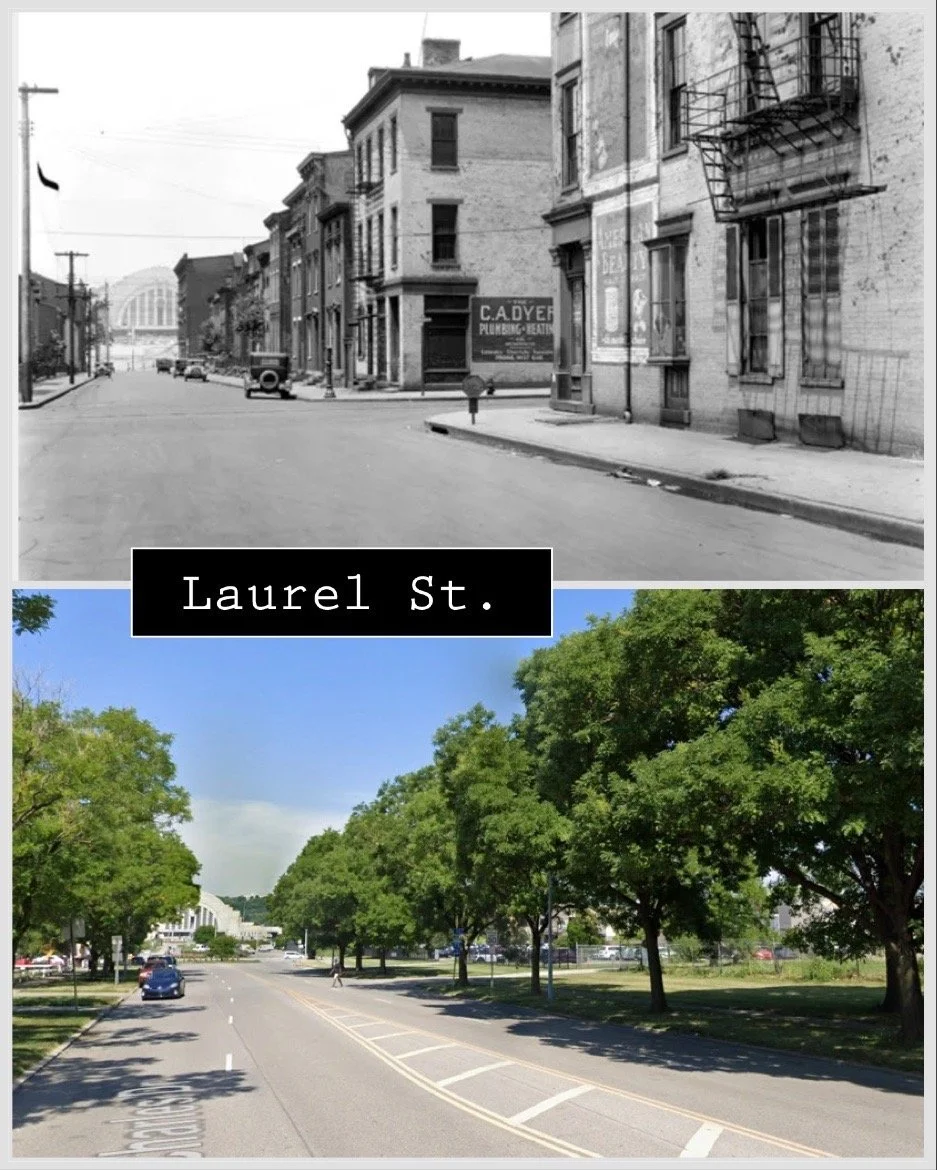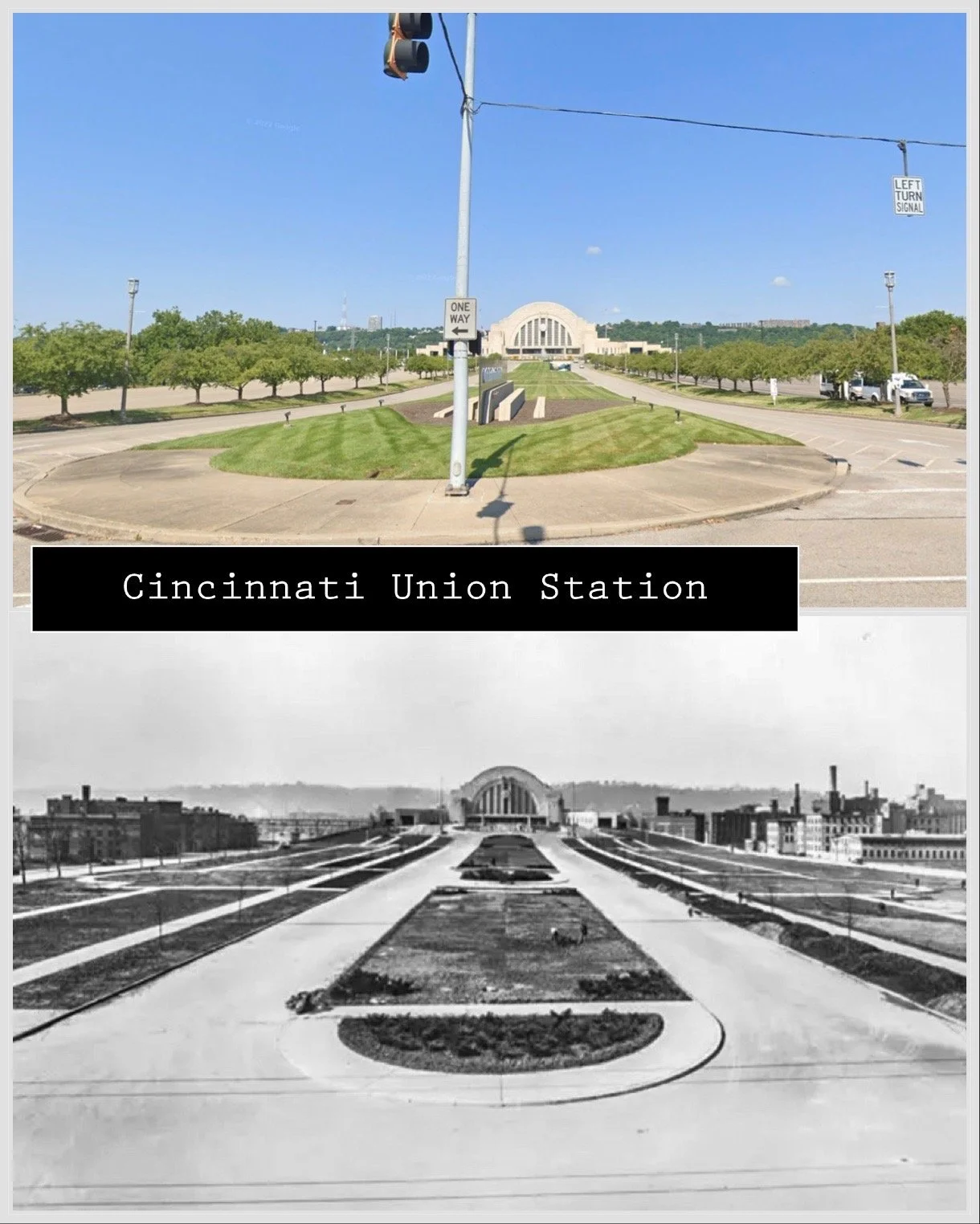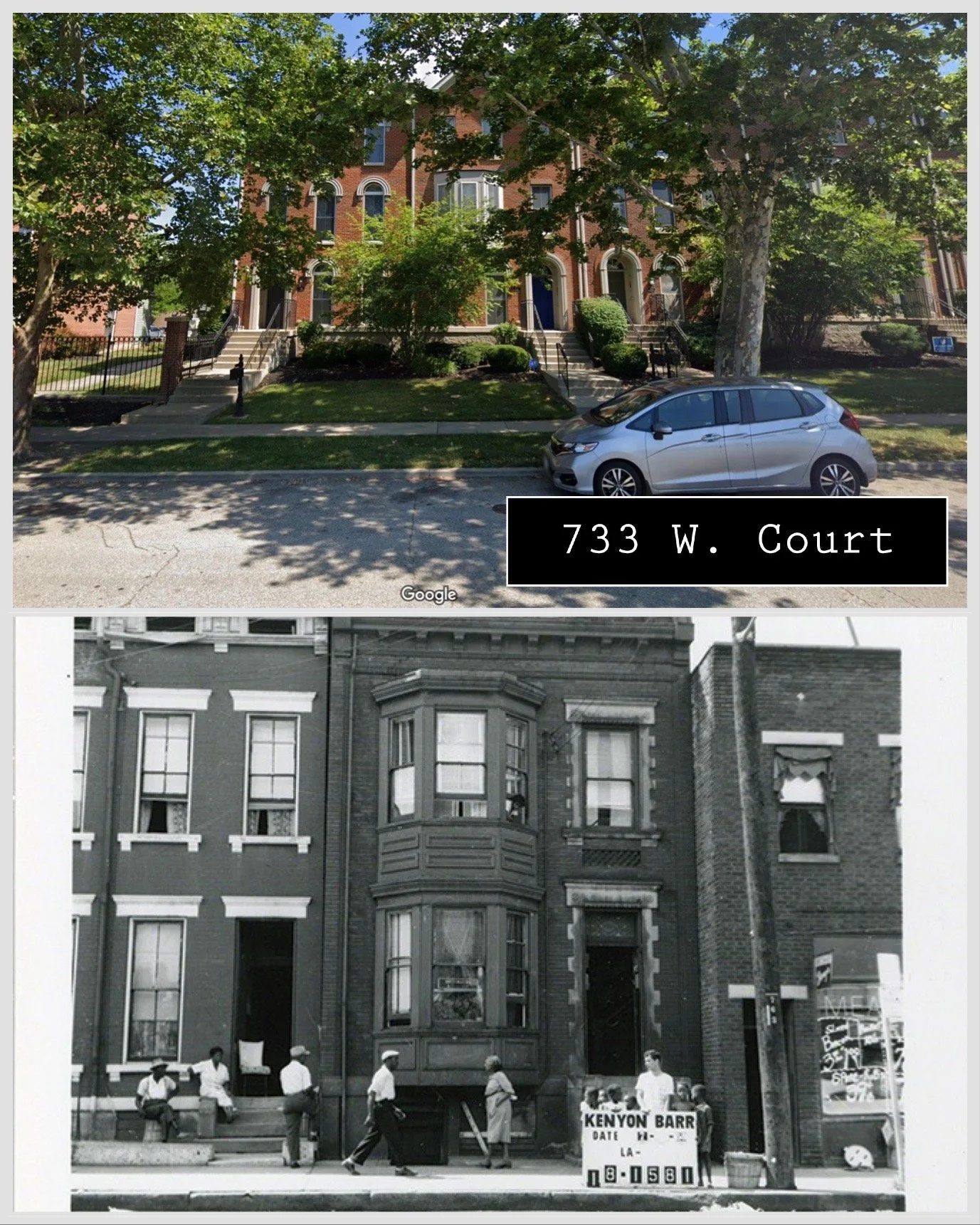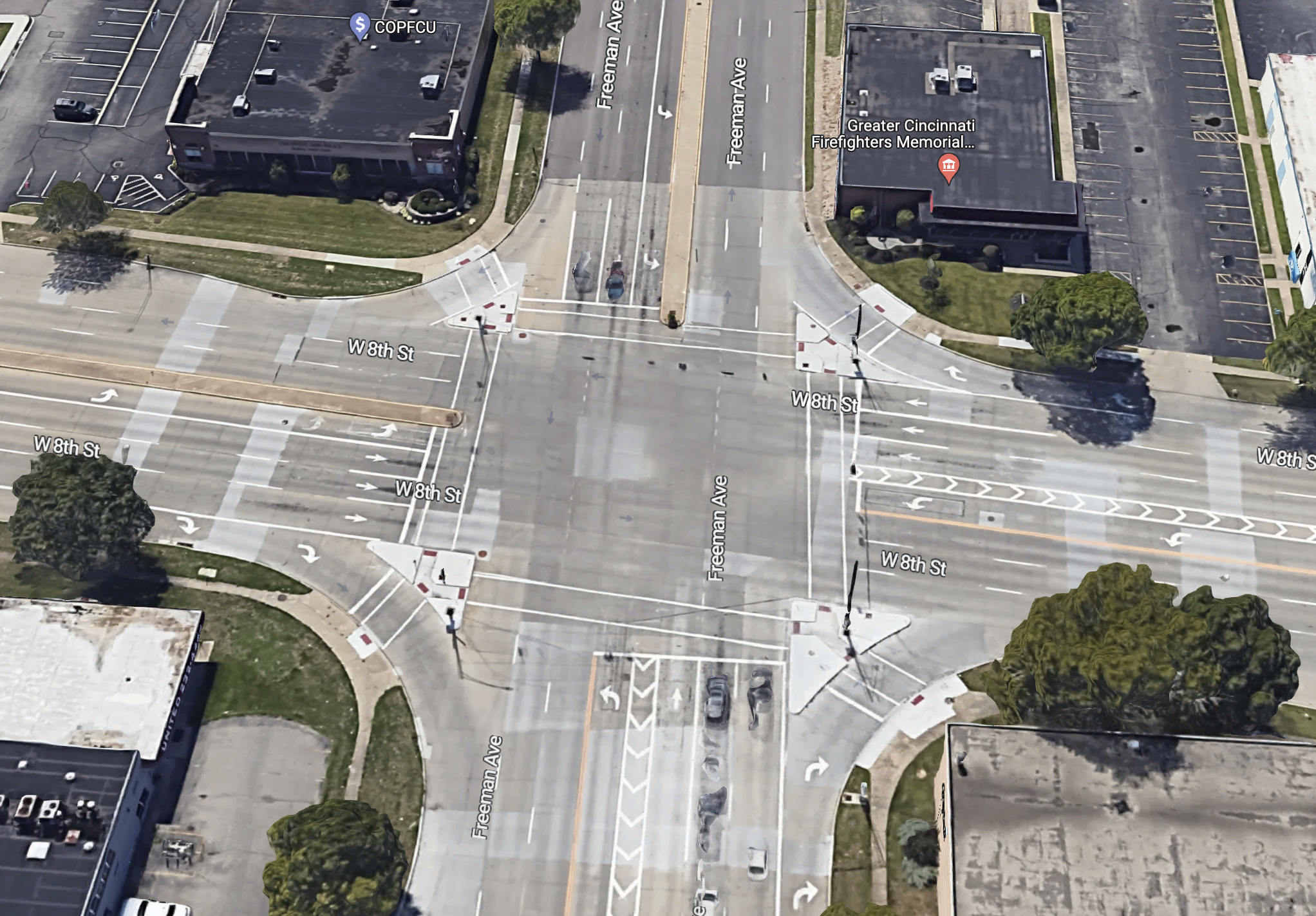The Racist Destruction of Cincinnati’s West End //
Although every ethnic, racial, and income group participated in the enormous exodus from the West End, most people who left the region were non-African Americans. By 1910, with only 6 percent of Cincinnati’s population is African American, 44 percent of the African American residents lived in the West End. Thus, the West End gradually became the primary destination for thousands of southern African American migrants to the city. A lively cultural, religious, and social life started to emerge in the West End for African Americans. Some of the most prominent organizations were the establishment of important civic and civil rights institutions, such as the National Association for the Advancement of Colored People (NAACP).
By the 1920s the West End and by extension the area that is now known as Queensgate was the heart of the black community in Cincinnati. Of the 25,737, 25,155 were non-white, but as far as to how the residents were told about about the impending tragedy the notice came in the mail on city letterhead:
“The building which you occupy has been purchased by the City of Cincinnati. […] Now that you have received this letter you should start looking for another place to move immediately. […] ALL OCCUPANTS OF THIS PROPERTY MUST MOVE.” The message put any hope of a reversal of fortune on ice. It was signed, “Very Sincerely Yours, Wanda W. Dunteman, Supervisor of Relocation and Property Management.”
Landlords weren’t keen on updating what the city called “slums” so thus in 1958 demolished; 10,295 dwelling units, 137 food stores, 118 bars and restaurants, 86 barber shops and beauty parlors, 80 churches and missions, 24 dry cleaners, and 6 funeral homes. Of 11,535 total units, as only 171 were vacant lots. A true community in every sense gone. A vivid street life, frozen in time address by address, as architecturally significant as any street in Over-the-Rhine. They are imbued with an ominous sense of what’s to come: the willful, wholesale demolition of a 400-acre neighborhood. And not just the structures but the community—the social, political, and cultural network—that filled them. Now all that lies are the few vestiges of the handsome architecture that once was within the West End and soulless, abandoned factories, rail yards, and once bustling streets of Queensgate cuts into pieces by the sprawling interstate put forth by greed.


